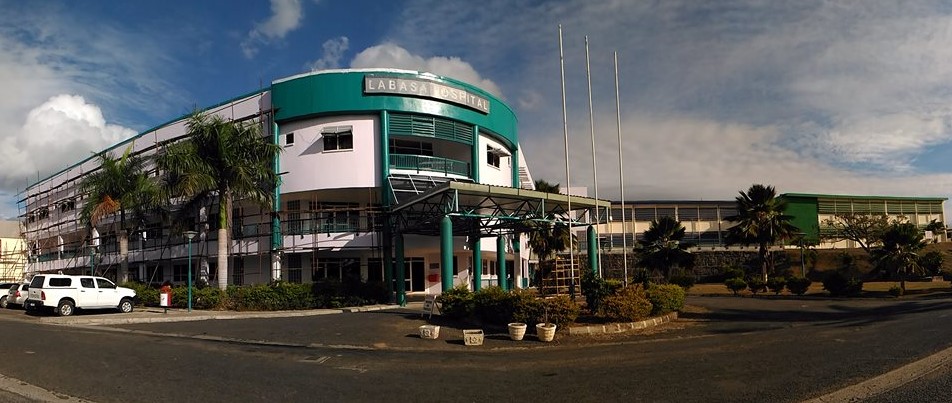A DOZEN amputees in the greater Labasa area remain trapped in immobility and stuck in a long list of Fijians waiting for their prosthetic limbs to reach the Northern Division.
Labasa Hospital divisional medical officer Dr Tiko Saumalua said some patients were still waiting for artificial limbs that were promised months ago.
“Some of them have waited for years,” said Dr Saumalua.
He said for now these patients relied on wheelchairs, walking sticks, or crutches, clinging to the hope the materials would reach them.
“Some people miss both the Indian and Tamavua teams and end up stuck on the waiting list.”
According to Dr Saumalua, the norm was that those on waiting lists would be seen by visiting teams such as the Indian government supported Jaipur Foot Camp, which offer custom prosthetics for patients, while others await word from the Tamavua Rehabilitation Centre.
“Right now, we have 12 individuals in the greater Labasa area who are waiting.”
Sharing this concern, Labasa Hospital physiotherapist Ili Saumalua said at times the prosthetics could not be delivered from the Tamavua Rehabilitation Centre due to a shortage of materials.
She said some patients have waited between four and six months for the artificial limbs to arrive.
“Sometimes, sadly, the patient passes away before they ever receive the artificial limb.”
She said there was an urgent need to address this, emphasising that it was not only about restoring limbs, but also about restoring each person’s life and dignity.
Prosthetic needs met by committee
THE cost of establishing a permanent prosthetic unit in the North is too high, says divisional medical officer Dr Tiko Saumalua.
Dr Saumalua said the request for a prosthetic unit similar to the one at Tamavua was shelved due to the steep expenses involved.
“We were told a full-time prosthetic technician would be hired, a dedicated building would be secured, and all of the necessary materials would be purchased,” said Dr Saumalua.
He said a carnival committee had stepped in to build a Prosthetic Unit for Labasa Hospital.
Usually, a prosthetic technician would visit the North periodically for patient assessments and fittings.
“Measurements will only be taken.”
He said the carnival committee had once again stepped in to assist the hospital by bringing in a team of prosthetic experts from Nadi to take patients’ measurements.
“It will be returned within four weeks, which is a much faster turnaround that significantly improves patients’ quality of life.”
He said the cost of a prosthetic limb ranges from about $650 for a belowknee prosthetic to about $1000 for an above-knee limb.
“Most patients screened by the team have paid less than the amount or at no cost at all.
He said families earning about $30,000 might be asked to pay half of the cost but patients earning below $15,000, were covered by the committee.
“This support means patients can return to farming, visit town, and regain some independence instead of becoming sedentary and dependent on others.”
Physio crisis – North crippled by physiotherapist shortage
LABASA has one physiotherapist serving a population of about 100,000 people.
Based at the Labasa Hospital, physiotherapist Ili Saumalua said there was a shortage of physios in the Northern Division.
She said Bua also faced a similar challenge.
“Sometimes only one is serving a medical division that looks after a population of up to 140,000 people,” she said.
Ms Saumalua said this shortage was not just a number; it had real consequences for patients desperately needing rehabilitation.
She said the full recovery process after an amputation alone took about six months before a prosthetic could be fitted.
“Rehabilitation is a major issue.
“After that, physiotherapy is critical to help patients regain movement and independence.
“But with only one physiotherapist covering an entire region, follow-up care in the community becomes nearly impossible.
“This makes it difficult to follow up with patients in the community and help them regain full function before and after getting a prosthetic.”



